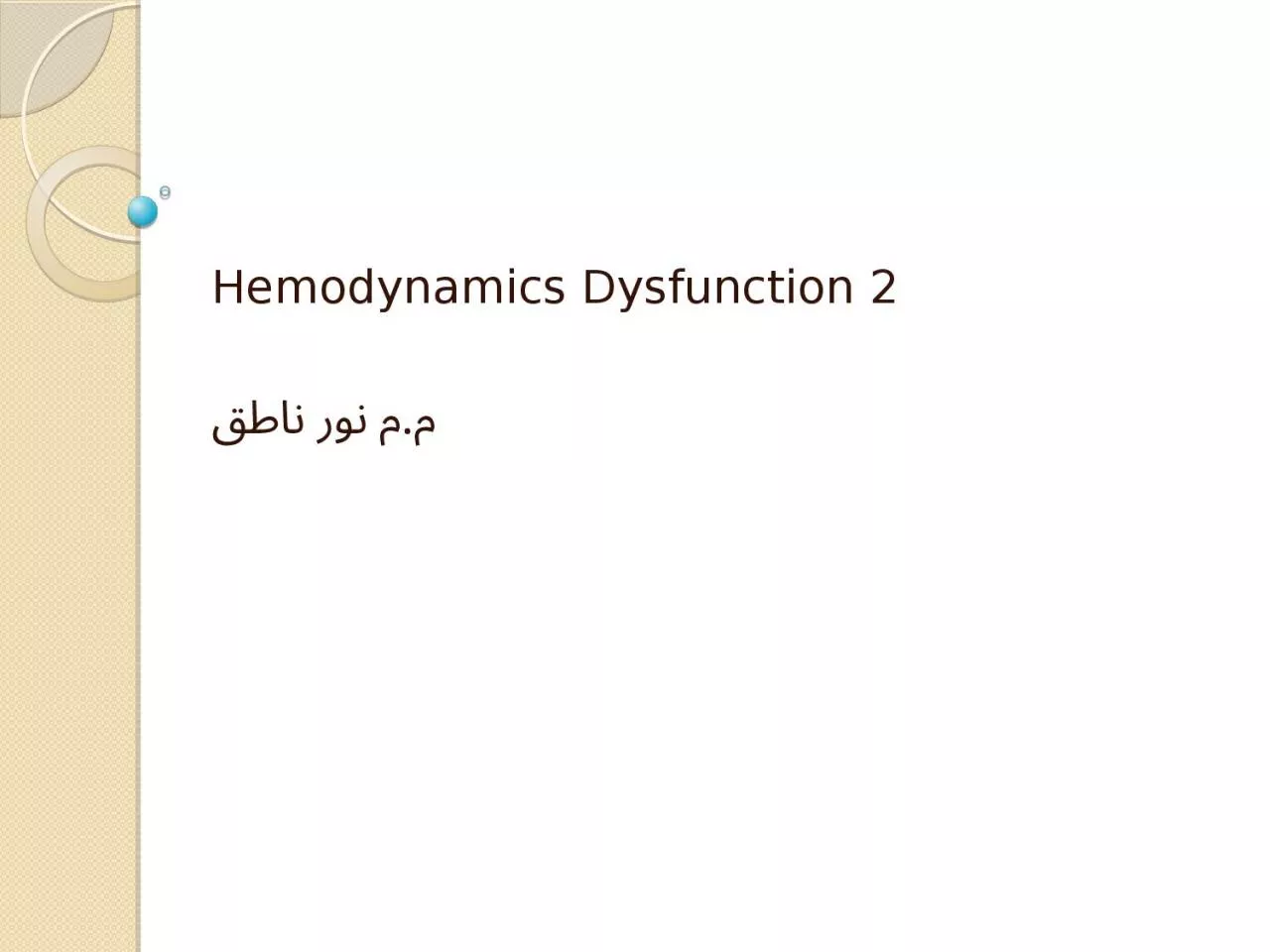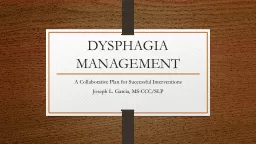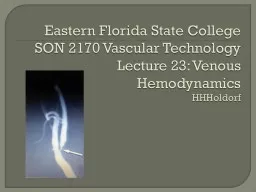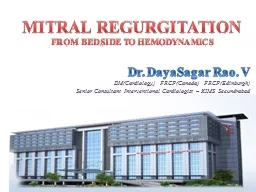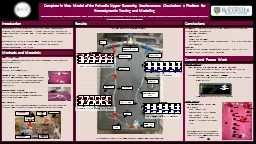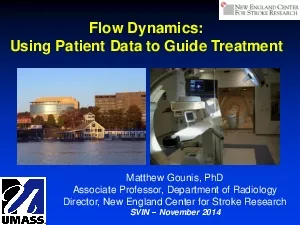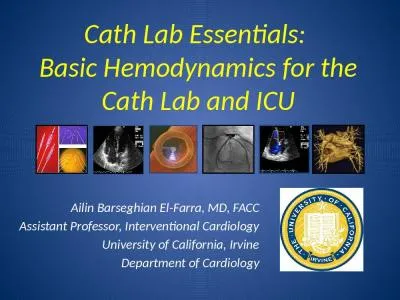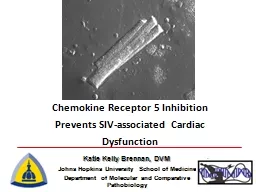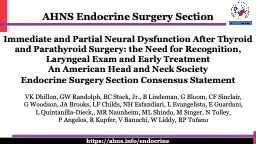PPT-Hemodynamics Dysfunction 2
Author : LoneWolf | Published Date : 2022-08-02
مم نور ناطق Hemodynamic Dysfunction part 2 An embolus is a detached intravascular solid liquid or gaseous mass that is carried by the blood to a site distant
Presentation Embed Code
Download Presentation
Download Presentation The PPT/PDF document "Hemodynamics Dysfunction 2" is the property of its rightful owner. Permission is granted to download and print the materials on this website for personal, non-commercial use only, and to display it on your personal computer provided you do not modify the materials and that you retain all copyright notices contained in the materials. By downloading content from our website, you accept the terms of this agreement.
Hemodynamics Dysfunction 2: Transcript
Download Rules Of Document
"Hemodynamics Dysfunction 2"The content belongs to its owner. You may download and print it for personal use, without modification, and keep all copyright notices. By downloading, you agree to these terms.
Related Documents

